Bear Mountain State Park, a sprawling natural wonderland located in the heart of New York, beckons outdoor adventurers and history buffs alike with its breathtaking landscapes, diverse wildlife, and rich cultural heritage. As you venture into this magnificent park, prepare to be captivated by its towering peaks, shimmering lakes, and verdant forests that have witnessed centuries of human history.
From exhilarating hikes to tranquil boat rides, Bear Mountain State Park offers a plethora of activities for visitors of all ages and interests. Immerse yourself in the park’s abundant wildlife, including majestic birds, elusive mammals, and fascinating reptiles. Delve into the park’s fascinating past, uncovering its significance in Native American history, the Revolutionary War, and the development of the Hudson Valley region.
Overview of Bear Mountain State Park
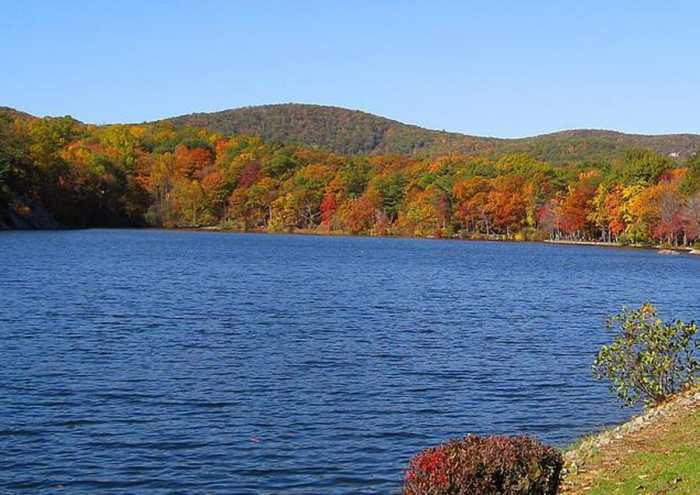
Bear Mountain State Park is a vast, picturesque park located in the Hudson Valley region of New York State. Established in 1910, it is one of the oldest state parks in the United States and a renowned destination for outdoor enthusiasts, nature lovers, and history buffs alike.
Encompassing over 5,200 acres of rugged terrain, the park is characterized by its towering mountains, pristine lakes, and lush forests. The centerpiece of the park is Bear Mountain, a prominent peak that rises to an elevation of 1,306 feet and offers breathtaking panoramic views of the surrounding landscape.
Natural Features
Bear Mountain State Park is home to a diverse array of natural features that contribute to its scenic beauty and ecological significance. The park’s mountains, including Bear Mountain, Anthony’s Nose, and Dunderberg Mountain, provide challenging hiking trails and stunning vistas.
The park also boasts several sparkling lakes, including Lake Sebago, Lake Torn, and Hessian Lake. These lakes offer opportunities for swimming, boating, and fishing, and their shores are popular spots for picnicking and camping.
Bear Mountain State Park is a vast wilderness with stunning views of the Hudson River Valley. Whether you’re hiking through its rugged trails or taking a leisurely stroll along its scenic byways, there’s something for everyone in this picturesque park.
And if you’re looking for a unique cultural experience, be sure to visit Audley End , a magnificent Jacobean mansion just a short drive away. After exploring Audley End’s grand halls and lush gardens, you can return to Bear Mountain State Park for more outdoor adventures.
In addition to its mountains and lakes, Bear Mountain State Park is renowned for its extensive forests. The park’s woodlands are home to a wide variety of tree species, including oaks, maples, birches, and hemlocks. These forests provide habitat for a diverse array of wildlife, including deer, bears, foxes, and a variety of bird species.
Activities and Attractions
Bear Mountain State Park offers a wide range of activities for visitors of all ages and interests. From hiking and biking to boating and fishing, there’s something for everyone to enjoy.
The park’s trails are a great way to explore the natural beauty of the area. There are trails for all levels of hikers, from easy nature walks to challenging climbs. Some of the most popular trails include the Anthony’s Nose Trail, the Appalachian Trail, and the Perkins Memorial Drive.
Mountain biking is another popular activity in Bear Mountain State Park. The park has over 50 miles of trails for mountain bikers, ranging from beginner to expert levels. The trails are well-maintained and offer a variety of terrain, from smooth doubletrack to rocky single-track.
Boating is a great way to enjoy the park’s lakes and rivers. There are several boat launches in the park, and visitors can rent canoes, kayaks, and rowboats. Fishing is also a popular activity in the park. The lakes and rivers are stocked with a variety of fish, including trout, bass, and catfish.
Hiking Trails
| Trail Name | Difficulty | Distance | Scenic Highlights |
|---|---|---|---|
| Anthony’s Nose Trail | Difficult | 3.6 miles | Panoramic views of the Hudson River Valley |
| Appalachian Trail | Moderate | 1.5 miles | Section of the iconic Appalachian Trail |
| Perkins Memorial Drive | Easy | 5.5 miles | Scenic drive through the park’s forests |
Wildlife and Nature: Bear Mountain State Park
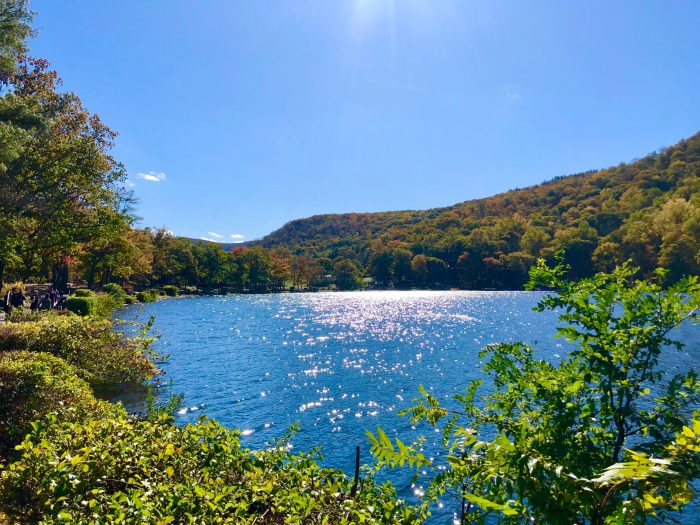
Bear Mountain State Park is a haven for wildlife, providing a diverse habitat for a wide range of mammals, birds, and reptiles. The park’s varied terrain, including forests, meadows, and wetlands, supports a rich ecosystem that attracts numerous species.
The park is home to a variety of mammals, including white-tailed deer, black bears, coyotes, bobcats, and red foxes. These animals play important roles in the park’s ecosystem, with deer serving as a primary food source for predators and coyotes helping to control rodent populations.
Bear Mountain State Park, located just north of New York City, offers stunning views of the Hudson River and the surrounding mountains. The park’s many hiking trails, picnic areas, and lakes make it a popular destination for outdoor enthusiasts. If you’re looking for a more tropical getaway, consider visiting barcelona beach.
With its warm Mediterranean climate and beautiful sandy beaches, barcelona beach is the perfect place to relax and soak up the sun. After your beach vacation, come back to Bear Mountain State Park for some hiking and fresh air.
Birds
Bear Mountain State Park is also a popular destination for birdwatchers, with over 200 species recorded within its boundaries. The park’s diverse habitats provide nesting and feeding grounds for a variety of birds, including songbirds, raptors, and waterfowl. Some of the most common species include cardinals, chickadees, hawks, owls, and ducks.
Reptiles
Reptiles are also well-represented in Bear Mountain State Park, with species such as turtles, snakes, and lizards found throughout the park. The park’s wetlands provide important habitat for turtles, while the rocky outcrops and forests offer shelter for snakes and lizards.
Conservation Efforts
Bear Mountain State Park is actively involved in conservation efforts to protect the park’s wildlife and natural resources. The park staff works to maintain a healthy ecosystem by managing wildlife populations, restoring habitats, and controlling invasive species.
The park is also home to several endangered species, including the bald eagle and the peregrine falcon. The park’s conservation efforts have played a vital role in the recovery of these species, providing them with protected habitat and nesting sites.
Cultural and Historical Significance
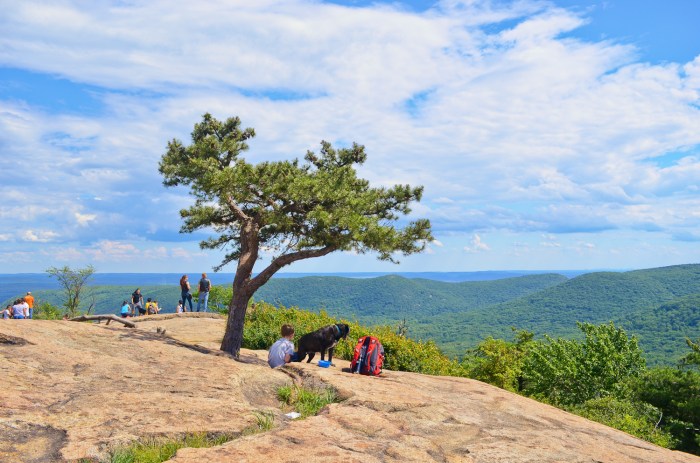
Bear Mountain State Park holds immense cultural and historical significance, intertwining the lives of Native Americans, the Revolutionary War, and the development of the Hudson Valley region.
The park’s natural landscape has served as a sacred ground for Native American tribes for centuries, with evidence of their presence found in archaeological sites throughout the area.
Bear Mountain State Park, a beautiful natural area, offers some of the best hiking trails in the country. With its diverse terrain and stunning views, it’s no wonder that this park is a favorite among hikers. Whether you’re looking for a challenging climb or a leisurely stroll, you’ll find something to suit your needs here.
For more information on the best hiking trails in the US, check out this comprehensive guide: best hiking trails in the US. And don’t forget to add Bear Mountain State Park to your list of must-visit destinations!
Native American History
- The Lenape tribe, the original inhabitants of the region, held Bear Mountain in high regard as a place of spiritual significance.
- They believed the mountain was home to powerful spirits and often sought guidance and protection there.
- The tribe’s presence in the park is evident in the numerous petroglyphs and other artifacts discovered in the area.
Revolutionary War
During the Revolutionary War, Bear Mountain played a strategic role as a lookout point and a military outpost.
- In 1777, General George Washington ordered the construction of Fort Clinton on Anthony’s Nose, a prominent peak within the park.
- The fort served as a vital defensive position, protecting the Hudson River and the Continental Army’s retreat from British forces.
- The ruins of Fort Clinton are still visible today, offering a glimpse into the area’s military history.
Hudson Valley Development
In the 19th and 20th centuries, Bear Mountain State Park became a popular destination for recreation and tourism, contributing to the economic and cultural development of the Hudson Valley region.
- The park’s scenic beauty and proximity to New York City attracted visitors from all over the region.
- The development of railroads and highways made the park easily accessible, further increasing its popularity.
- Today, Bear Mountain State Park remains a beloved destination for outdoor enthusiasts and history buffs alike.
Park Facilities and Amenities
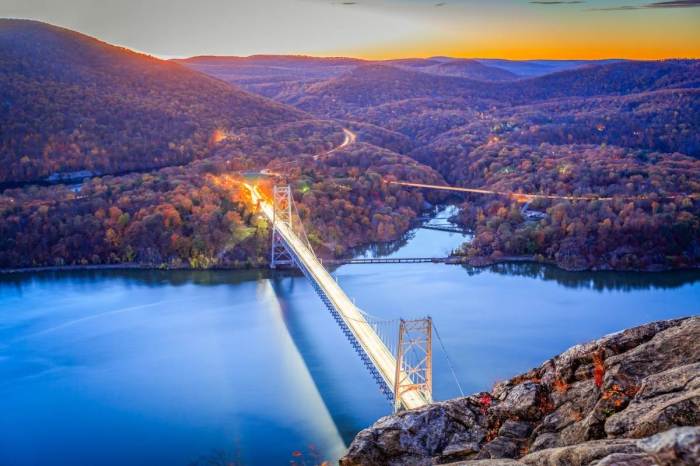
Bear Mountain State Park offers a wide range of facilities and amenities to enhance visitors’ experience. These include:
Campgrounds
- Four campgrounds with a total of over 300 campsites
- Campground facilities include picnic tables, fire rings, and restrooms
- Campsite fees range from $20 to $40 per night
Picnic Areas
Numerous picnic areas are scattered throughout the park, offering scenic views and convenient access to grills, picnic tables, and restrooms.
Visitor Centers, Bear mountain state park
- Two visitor centers provide information about the park’s history, ecology, and recreational opportunities
- The visitor centers offer exhibits, maps, and guided tours
Restrooms
Restrooms are available throughout the park, including accessible restrooms for individuals with disabilities.
Accessibility
Bear Mountain State Park is committed to accessibility for all visitors. Many facilities, including restrooms, picnic areas, and visitor centers, are wheelchair accessible.
Getting There and Getting Around
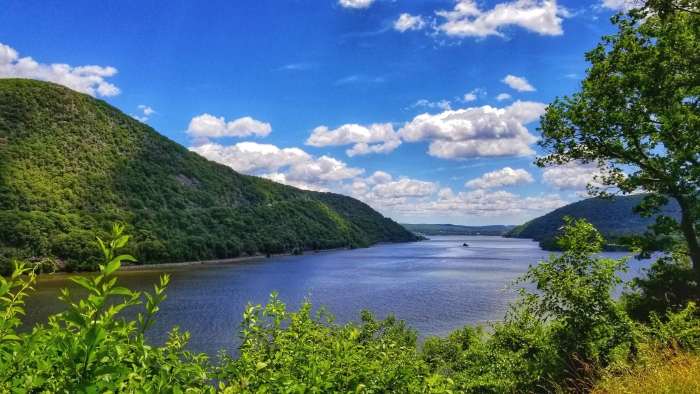
Bear Mountain State Park is conveniently accessible by various modes of transportation. Whether you prefer driving, taking public transportation, or joining a guided tour, there are options available to suit your needs. This section provides detailed information on how to get to the park and navigate its roads and trails.
Transportation Options
The table below Artikels the different transportation options for getting to Bear Mountain State Park:
| Mode of Transportation | Details |
|---|---|
| Driving |
|
| Public Transportation |
|
| Guided Tours |
|
Navigating the Park
Bear Mountain State Park has an extensive network of roads and trails. To ensure a safe and enjoyable visit, please follow these guidelines:
- Stay on designated roads and trails.
- Obey posted speed limits.
- Be aware of pedestrians and cyclists.
- Use caution when crossing intersections.
- Park only in designated areas.
For detailed maps and directions, please visit the park’s website or obtain a map from the visitor center.
Final Summary
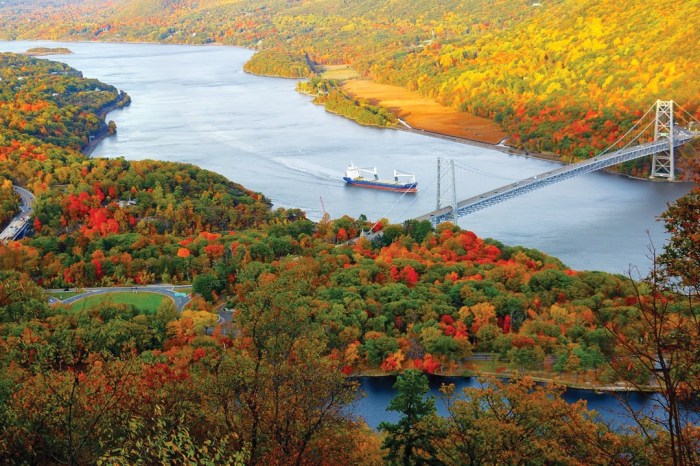
As you bid farewell to Bear Mountain State Park, the memories you create here will linger long after your departure. Whether you’re an avid hiker, a nature lover, or a history enthusiast, this park has something to offer everyone. Its pristine beauty, rich wildlife, and historical significance make it a true gem in the heart of New York, waiting to be explored and cherished by generations to come.
FAQ Overview
What is the best time to visit Bear Mountain State Park?
Spring and fall offer optimal conditions for hiking and enjoying the park’s natural beauty.
Are there any fees associated with visiting the park?
Yes, there is a vehicle use fee for non-New York State residents.
Can I bring my dog to the park?
Dogs are permitted in designated areas of the park, but must be kept on a leash.